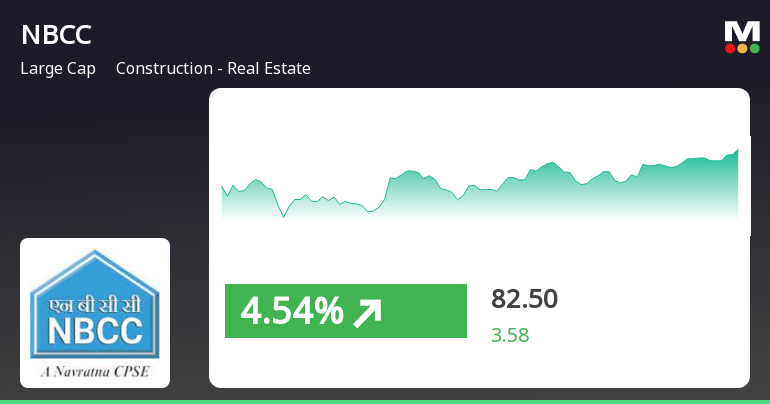As the second lock-in period is ending for the anchor investors in Waaree Energies Ltd., the market is seeing decent trading activity going on. On the last two-three days, the share prices of Waaree Energies have fallen more than 8%. This, therefore, provides a very precious learning experience for stock market investors that want to analyze the impact which lock-in period and trading volume have on shares in the Indian stock market.
Lock-In Period-An Explanation:
A lock-in period is a predetermined duration during which certain investors, often institutional ones, are prohibited from selling their shares. In the case of Waaree Energies, the company had allotted 84.96 lakh shares to 92 anchor investors at a price of Rs 1,503 per share ahead of its IPO in October 2024. According to regulations, 50% of these shares were locked for 90 days while the remaining 50% were locked for 30 days. After the period is over, investors can liquidate their holdings, and the process usually increases the volatility in the market.
Trading Volume Increases
After the lock-in period has ended, Waaree Energies experienced an increase in trading volume, which is normal. Investors who were unable to sell their shares during the lock-in may scramble to liquidate their shares at the end of the period, creating price movements. This situation can be both an opportunity and a risk for regular investors. For instance, while some may see this as a chance to acquire shares at a lower price following a dip, others may worry about further declines in value as selling pressure builds.
Real-World Examples of Lock-In Effects
Lock-in-period effects can even be seen by viewing different cases in the market scenario. For instance, a recognized technology company witnessed a lock-in period-like downfall in their stock price eventually. Investors invested more in selling as soon as they entered in bulk, because of which rapid sell-off emerged in the case of the stock followed by a loss in the latter case. But once again, when panicking subsides, the stock then came to equilibrium level, wherein patient investors did take advantage for purchasing.
Analyzing Waaree Energies’ Current Position
Currently, Waaree Energies is trading at approximately 42 times its estimated earnings per share for the upcoming year, according to Bloomberg data. This valuation indicates a mix of optimism and skepticism among investors. The stock has seen a remarkable increase of over 66% since its IPO listing in October 2024, which suggests that while the current decline might be alarming, it could also represent a healthy correction within a growing company.
Summary actionable for investors
Potential investors are watching Waaree Energies should keep on their stock to a close vigil for monitoring. The perception of lock in period is useful to understand some other significant insights by which market works.
The impact of the sentiment on the share can be very well gauged with consideration of the more prominent market movements such as changes in the level of benchmark indexes, like that in NSE Nifty 50.
Conclusion – Keeping abreast of the moment Through these transitional phases of Waaree Energies, it is highly important to understand the market dynamics and company performances to make prudent investment decisions. Whether you’re looking to invest in the market or add a few more lines to your already existing portfolio, understanding the nitty-gritty of trading volumes and lock-in effects can better empower you in making strategic decisions. The current market scenario reminds one of the needs to be flexible and aware of the ever-changing landscape of stock trading.










